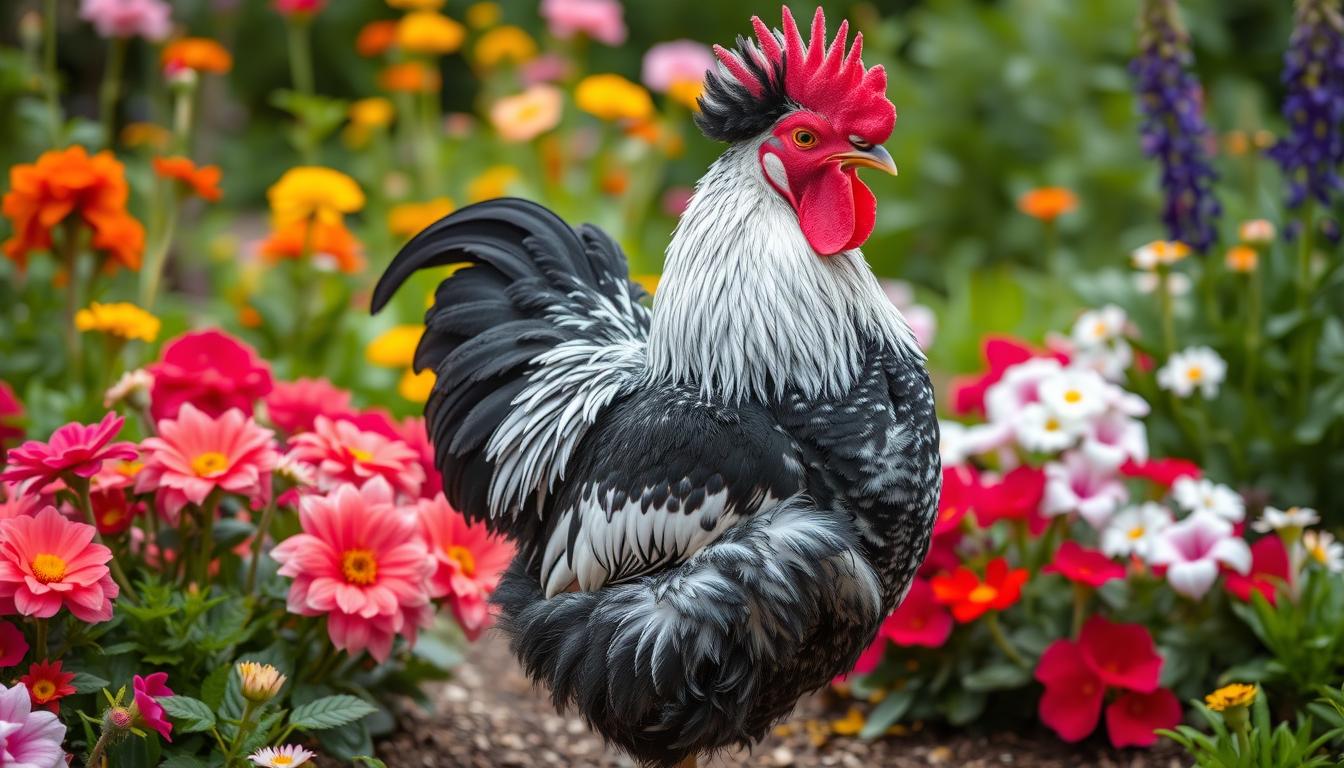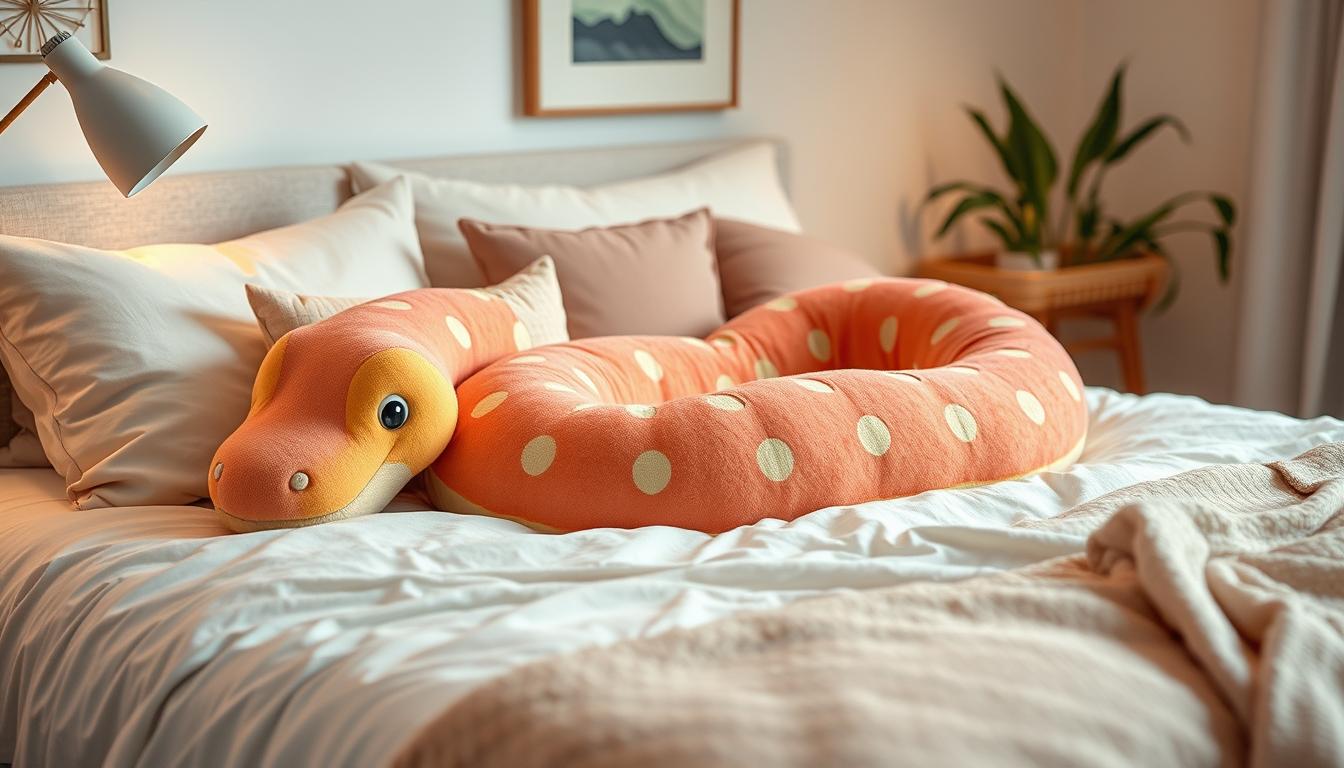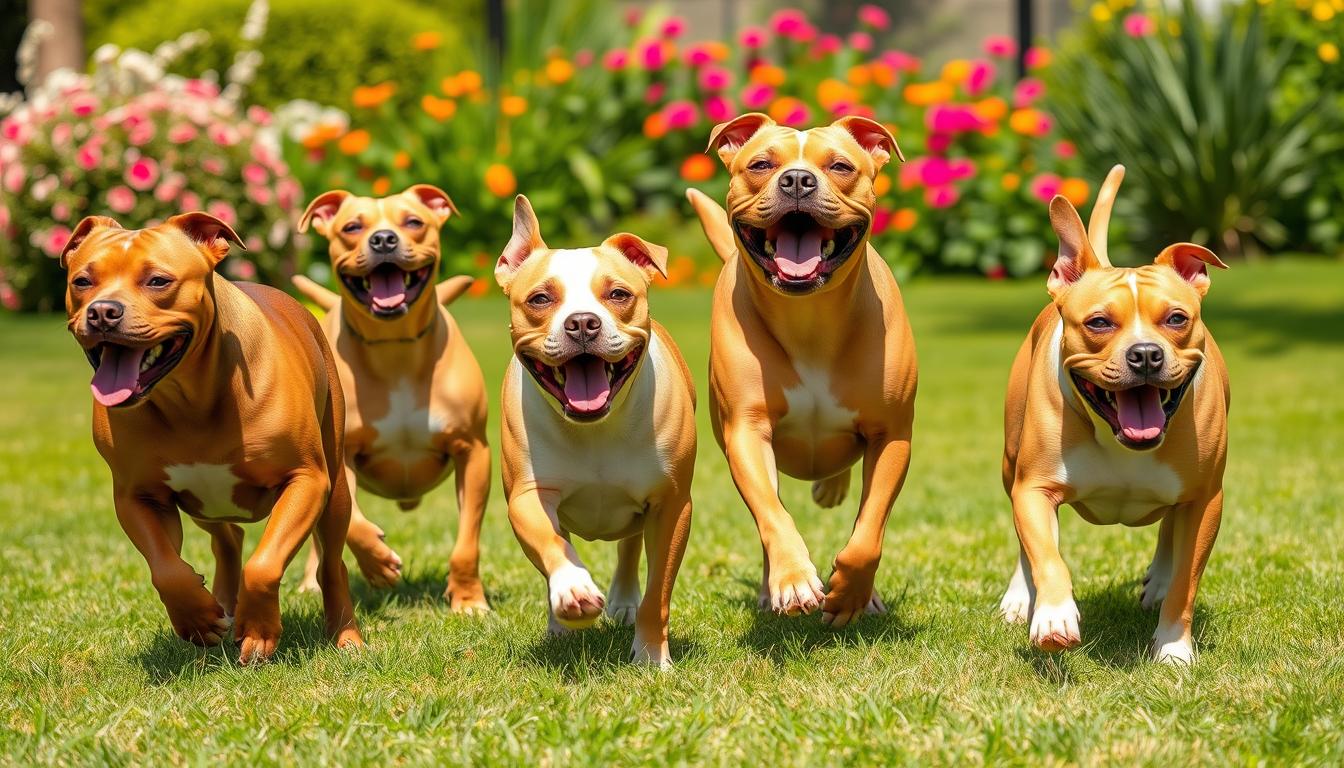Discover the Charming World of Baby Chinchillas
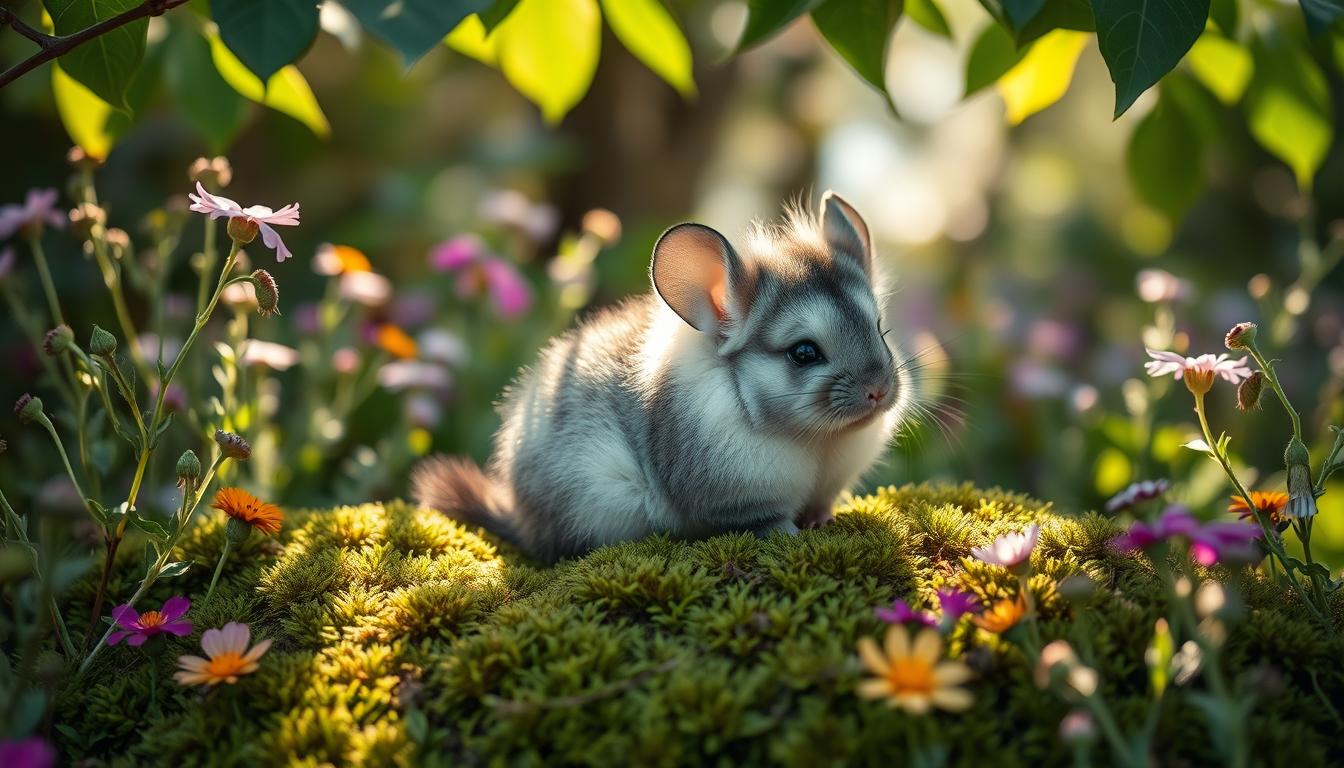
Thinking about getting a new pet? Chinchillas can live a long time, up to 20+ years. The oldest one lived nearly 30 years1. Their soft fur and cute faces make them a favorite among pet lovers. For more on exotic pets like bushbabies, check out chinchilla information online.
Chinchillas weigh between 400-1,000+ grams, depending on their genetics1. Their fur is incredibly thick, with 20,000 hairs per square centimeter2. If you’re curious about these cute animals, start by learning about caring for baby chinchillas.
Key Takeaways
- Chinchillas can live 15-20+ years with proper care1.
- They have a unique fur coat with a density of 20,000 hairs/cm²2.
- Baby chinchillas are born with a weight of 35-50 grams2.
- Chinchillas should be bathed in a dust bath 1-3 times a week1.
- Their diet consists of hay, high-quality chinchilla pellets, and occasional treats2.
- Socialization is significant for baby chinchillas between 2-6 months of age2.
Understanding Your Baby Chinchilla: A Complete Guide
As a new owner of a baby chinchilla, it’s key to know their physical traits, behavior, and growth. Chinchilla care means watching their growth, diet, and social habits. For more on chinchilla care, check out chinchilla breeding and care websites. They offer great insights into raising baby chinchillas.
Chinchillas have a long gestation period of about 111 days3. They usually have two babies, but can have up to six in one litter3. They can live 10-15 years in captivity, and some even reach their 20s4. To keep your baby chinchilla happy and healthy, give them a balanced diet, clean space, and the right temperature. Chinchillas can get dental disease and heat stress easily4.
Here are some key points for caring for your baby chinchilla:
- Provide a stress-free environment and introduce potential mates gradually to reduce aggression during mating3.
- Keep the breeding cage temperature between 60-70 degrees Fahrenheit to prevent heat stress3.
- Offer approximately 2 tablespoons of pellets per day for nutrition4.
By knowing your baby chinchilla’s physical traits, behavior, and growth, you can give them the best care. Always put their needs first and create a nurturing space. For more advice, visit reputable chinchilla care websites. They have lots of information on caring for chinchillas.
Essential Care Requirements for Your New Pet
When it comes to chinchilla care, a balanced diet is key. A chinchilla diet should include high fiber foods like timothy hay and limited pellets5. Always have fresh water ready. Introduce new foods slowly to avoid stomach problems5. If you’re searching for a baby chinchilla for sale, look for reputable breeders who care about their animals’ health.
A clean, spacious cage is crucial for your pet’s health. The cage should be well-ventilated and have a solid bottom to prevent foot injuries5. Chinchillas are most active at night5. They need lots of exercise, which can be provided by a large cage with many levels6. Wooden toys and cardboard tubes are great for keeping them entertained and stimulated5.
Regular vet visits are important to keep your pet healthy and catch any problems early. Finding a vet experienced in chinchillas might be hard, but it’s essential for the best care5. By following these tips and creating a suitable home, your pet can live a long, happy life. Chinchillas can live up to 20 years, so they are a big commitment5. With the right chinchilla care and attention, they can become wonderful companions.
| Chinchilla Care Requirements | Importance |
|---|---|
| Balanced diet | High |
| Clean and spacious cage | High |
| Regular veterinary check-ups | High |
| Regular exercise | High |
Creating the Perfect Habitat for a Baby Chinchilla
Creating a perfect habitat for your baby chinchilla is key. It should be comfortable and safe for your pet. According to chinchilla information, a 3-foot cube cage is ideal. It should also be well-ventilated and kept at 10-18ºC to avoid illness78.
The habitat needs spaces for exercise. This includes both horizontal and vertical areas for your pet to move around8. Avoid using cotton wool or similar materials as they can cause tangling. Instead, use kiln-dried pine and mesh wire for a safe and stimulating environment. Some must-have items include:
- Food bowls and water bottles
- Dust houses and chinchilla-specific huts
- Toys, such as wooden chew toys and balls
- Wheels and exercise equipment
Regular cage cleaning is crucial to prevent hygiene issues8. By creating a suitable habitat and following care guidelines, your baby chinchilla will be happy and healthy. For more tips, visit chinchilla information websites.
Proper Nutrition and Feeding Guidelines
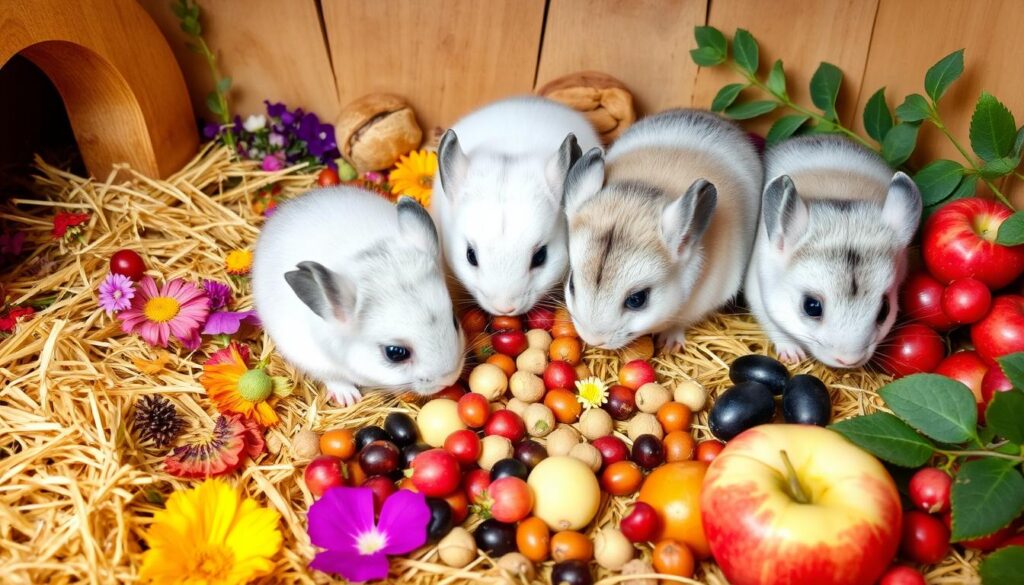
As a responsible chinchilla owner, it’s key to give your baby chinchilla a balanced chinchilla diet. This diet should meet their nutritional needs. According to9, hay should be the main part of their diet and available 24/7. A good quality hay, like timothy hay, should make up 75-80% of their diet10. You can also give a small amount of commercial pelleted diet, about 1-2 tablespoons a day910.
It’s important not to overfeed your chinchilla. This can cause health issues. A chinchilla care routine should include watching their food intake and making sure they always have fresh water10. Use a sipper bottle for water to keep the cage clean9. Foods to avoid include seeds, nuts, and grains, as well as vegetables like asparagus and avocados10.
Here are some tips for introducing new foods to your baby chinchilla:
- Start with small amounts and observe their reactions10
- Introduce new foods gradually to prevent digestive issues10
- Avoid foods that are high in fat, sugar, or salt10
By following these guidelines and providing a balanced chinchilla diet, you can help your baby chinchilla stay healthy and thrive. Always prioritize chinchilla care and talk to a vet if you have any nutrition or health concerns910.
| Food Type | Recommended Amount |
|---|---|
| Hay | 75-80% of diet |
| Pellets | 1-2 tablespoons per day |
| Fresh Water | Access at all times |
Health and Wellness: Keeping Your Baby Chinchilla Happy
As a chinchilla owner, keeping your pet healthy is key. Proper chinchilla care ensures your baby chinchilla lives a long, happy life. Regular vet visits can spot health problems early, as chinchilla information suggests11.
To keep your chinchilla healthy, a clean environment and balanced diet are crucial. They need fresh water and hay too. Chinchillas can get respiratory issues and fur loss, so watch their health closely12. Spending at least 1 hour a day with them can prevent bad behavior12.
Here are some tips for your chinchilla’s health:
* Give them a big cage with good air flow
* Keep the cage clean and tidy
* Feed them hay, grass, and a little bit of pellets
* Make sure they have fresh water and a clean water bottle
* Watch their behavior and health, and see a vet if they seem sick or stressed11
By following these tips, you can help your baby chinchilla live a long, happy life. Always talk to a vet if you’re worried about your chinchilla’s health11.
| Health Issue | Symptoms | Treatment |
|---|---|---|
| Respiratory problems | Coughing, sneezing, difficulty breathing | Veterinary attention, antibiotics, and rest |
| Fur loss | Excessive shedding, bald patches, skin irritation | Veterinary attention, dietary changes, and stress reduction |
Grooming and Hygiene Requirements
Being a responsible owner means knowing how to groom and keep your chinchilla clean. Dust baths are key for their fur’s health and cleanliness13. A chinchilla care routine should include a dust bath box with volcanic ash or activated clay, used 2-3 times a week14.
To keep their coat looking good, give them unlimited high-quality hay like timothy or oat hay13. Also, a balanced diet of chinchilla pellets or mixes is important, with treats making up only 1-10% of their diet13.
- Providing a clean and spacious cage with adequate ventilation
- Keeping the cage clean and free from waste
- Offering regular dust baths and access to fresh hay
- Limiting treats and ensuring a balanced diet
By following these tips, you can help yourbaby chinchilla keep their coat beautiful and stay healthy. This ensures a happy and healthy life for yourchinchilla companion15.
Bonding With Your Baby Chinchilla
When it comes to chinchilla care, bonding with your baby chinchilla is key for its emotional and social growth. You need to create a safe space where your pet can feel safe and loved. Experts say chinchillas are social and do well in pairs or groups16. But, some chinchillas might not get along with others16.
To help your baby chinchilla socialize and play, introduce it to other chinchillas in a neutral area. This could be a playpen or a separate cage17. This way, they can get used to each other without fighting. You can also provide multiple food dishes, water bottles, and hide houses to prevent fights17.
For more tips on chinchilla pairs and bonding, check out reputable websites. They offer great advice on caring for and socializing chinchillas. Remember, every chinchilla is different. With patience, love, and the right care, your baby chinchilla can become a confident and loving pet18.
By following these tips and doing your homework, you can make a happy and healthy home for your baby chinchilla. Always put your pet’s needs first and seek expert advice if you’re worried about their behavior or health16.
Understanding Baby Chinchilla Behavior and Communication
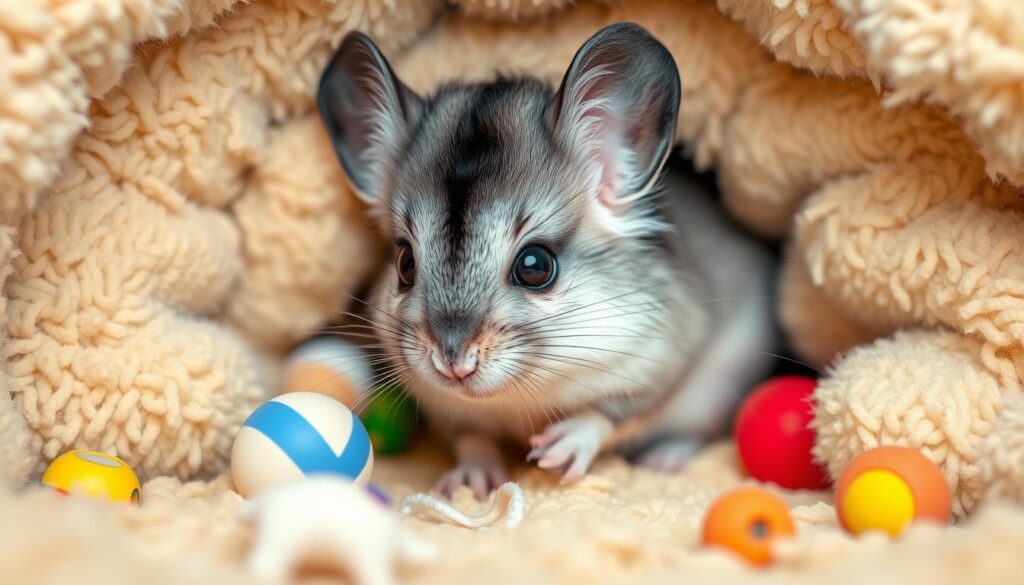
As a chinchilla owner, knowing how your baby chinchilla behaves and communicates is key. Chinchilla behavior is shaped by their environment. Stress from their surroundings can cause health and behavior problems19. It’s important to spot stress signs like whitish eye goop, odd feces, and tiredness19.
Chinchillas talk in many ways, like sounds, body language, and scent. They show love, joy, and fear in different ways20. For instance, a happy chinchilla might smile, wink, or wag its tail. But, an upset or scared chinchilla might release smells or pee20.
Knowing how to read your chinchilla’s behavior and communication is crucial for good care. Spotting stress and happiness helps you make their environment better. This means a good cage, the right food, and enough social time. With the right care, your baby chinchilla can be happy and healthy.
Some important things to remember about chinchilla behavior and communication are:
- Chinchillas can learn routines and expect certain tasks at usual times20
- They can show they want to mate, need attention, or love through sounds and body language20
- It’s vital to recognize stress and happiness signs to solve problems and care for them properly19
By understanding and responding to your baby chinchilla’s behavior and communication, you can strengthen your bond. This way, you can give your pet the best care possible.
Conclusion: Ensuring a Happy Life for Your Chinchilla Companion
To make your baby21 chinchilla happy, give them a fun environment, a good diet, and regular vet visits. Chinchillas might not always get along with others22. But, they can be great pets on their own if you give them enough love and things to do21.
Get a big, airy cage with lots of toys and places to hide. This lets them chew naturally21. Feed them high-quality hay, pellets, and treats now and then. This keeps their teeth and body healthy21. Taking them to the vet often helps catch problems early and keeps them well.
By following these tips and spending lots of time with your chinchilla, you can make their life happy and full21. Every chinchilla is different, and with patience, you can have a strong bond with them. Enjoy the fun and joy that baby chinchillas bring to your life.
FAQ
What is the origin and physical appearance of a baby chinchilla?
How do baby chinchillas develop and what are their behavioral traits?
What are the essential care requirements for a baby chinchilla?
How do I create the perfect habitat for my baby chinchilla?
What should I feed my baby chinchilla?
How can I ensure the health and wellness of my baby chinchilla?
What are the grooming and hygiene requirements for a baby chinchilla?
How can I bond with my baby chinchilla?
How can I understand my baby chinchilla’s behavior and communication?
Source Links
- https://www.chins-n-hedgies.com/threads/baby-chinchilla-care.40246/ – Baby Chinchilla Care
- https://qualitycage.com/blogs/news/young-chinchilla-care?srsltid=AfmBOopkcOD0KYk46OWAMbEeg6X4qbAm03Sd82mznXWVgVHdmyPC4sTH – Baby Chinchilla: Essential Facts & Tips for a Happy, Healthy Kit
- https://chinchillafriend.com/guides/mastering-chinchilla-breeding-a-guide-to-responsible-practices/ – Mastering Chinchilla Breeding: A Guide to Responsible Practices – Chinchilla Friend
- https://chinchillaexpert.com/intro/chinchilla-care/ – Chinchilla Care 101 – Chinchilla Expert
- https://bosworthbunnies.weebly.com/chinchilla-care-sheet.html – Chinchilla Care Sheet
- https://www.aylmervetclinic.com/resources/blog/march-2022/chinchillas-101-essential-guide – Chinchillas 101: Essential Guide
- https://lychinchillas.com/2014/12/24/how-to-build-a-custom-chinchilla-cage/ – How To: Build a Custom Chinchilla Cage
- https://www.rspca.org.uk/adviceandwelfare/pets/rodents/chinchillas/environment – Creating a Good Home For Chinchillas | RSPCA – RSPCA – rspca.org.uk
- https://vcahospitals.com/know-your-pet/chinchillas—feeding – Chinchillas – Feeding | VCA Animal Hospitals
- https://smallpetselect.com/what-do-chinchillas-eat-a-comprehensive-nutrition-guide/ – What Do Chinchillas Eat? A Comprehensive Nutrition Guide | Small Pet Select Blogs | Small Pet Select
- https://www.rspca.org.uk/adviceandwelfare/pets/rodents/chinchillas/health – Chinchilla Health & Welfare Tips | RSPCA – RSPCA – rspca.org.uk
- https://companionanimalwellnesscenter.com/wp-content/uploads/2024/06/chinchillacareguide_longversion.pdf – Microsoft Word – Chinchilla Pamphlet – CVC.doc
- https://www.petmd.com/exotic/chinchilla-care-sheet – Chinchilla Care Sheet
- https://www.birdexoticsvet.com/chinchilla-vet – Pet Chinchilla Care | Long Island Avian and Exotic Veterinary Clinic
- https://twootz.com/article/Basic-care-for-Chinchillas – Basic care for Chinchillas : Twootz.com
- https://qualitycage.com/blogs/news/bonding-chinchillas?srsltid=AfmBOoopOdI88vb5gCz0pGTgLBsTB8laP7KflUBVIgGThPDA6Df4yJMq – The Beginners Guide to Bonding Chinchillas
- https://chinchillaexpert.com/care-articles/behavior/chinchilla-introductions/ – How to Introduce 2 or More Chinchillas – Chinchilla Expert
- https://letslovechinchillas.weebly.com/bonding-chinchillas.html – Bonding Chinchillas
- https://www.chincare.com/chinchilla-behavior-to-people-and-other-animals/ – Chinchilla Behavior: To People and Other Animals – ChinCare
- https://cuddlebugchinchillas.com/information/behavior/understanding.html – Chinchilla Behavior
- https://lychinchillas.com/tag/happy-pet/ – happy pet – LY Chinchillas
- https://lychinchillas.com/tag/happiness/ – happiness – LY Chinchillas

